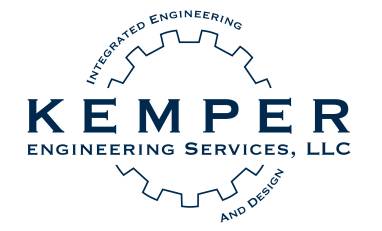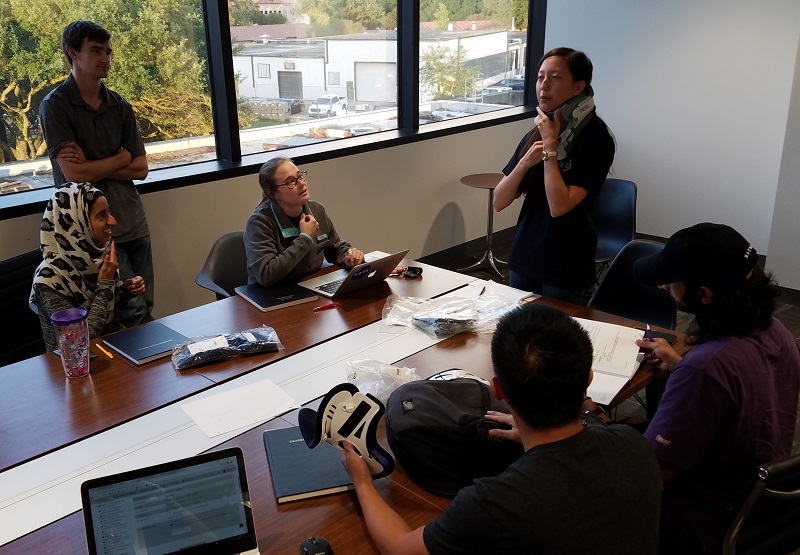This year KES is the alumni advisors for LSU Capstone Team #5, “Improving Outcomes in Cervical Spine Trauma: Building a Better Cervical Collar”. Their sponsor has provided the team with several existing models and tasked the team to provide better performance while still meeting the criteria for an immobilization cervical collar.
The applicable standard is ASTM F1559-94, “Standard Guide for Characteristics for Cervical Spine Immobilization Collars. (CSIC)” This constrains the design accordingly:
- It shall allow X-ray to be taken through it and be MRI compatible.
- It shall have a rapid, accurate, and easily usable method for size selection.
- Placement of the CSIC shall not require or cause movement of the head or neck, or both.
- A CSIC shall provide support in all directions of motion.
- It shall be compatible with other devices used in the complete immobilization of the cervical spine.
- It shall be capable of being applied with the patient in a prone, sitting, or supine position, without movement of the cervical spine.
- Because during rapid extrication there may only be time to apply the CSIC, it shall provide a high degree of immobilization.
- It shall not cause vascular compression or airway compromise.
- It shall provide access to secure an airway established by a needle cricothyroidotomy.
- It shall provide for continued evaluation of cervical soft tissue or jugular vein distention or tracheal deviation, or combination thereof.
- It shall provide for the performance of normally accepted techniques of airway management/maintenance.
The team is made of mechanical and electrical engineering students. Linda Cross is providing her experience as a biological engineer as they go through the development process.



Recent Comments